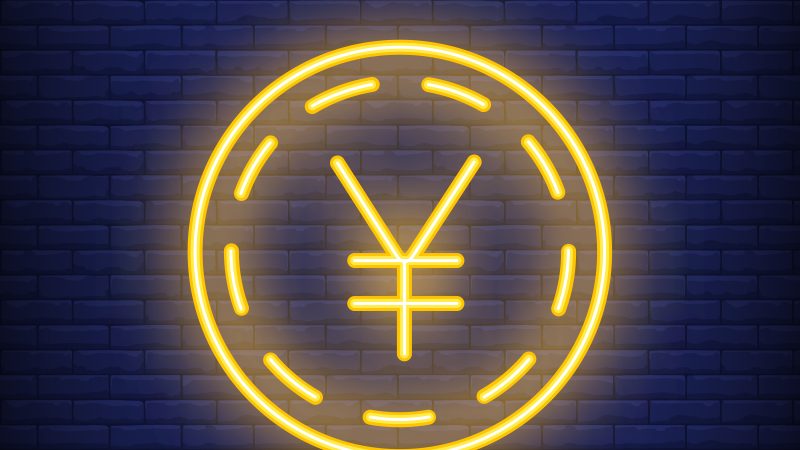Ethereum 2.0: The Transition to Proof-of-Stake and What It Means for You
Unless you have been living under a rock, you should have heard a few interesting things about Ethereum. It’s one of the most popular blockchain platforms in the market. Ethereum has a wide range of applications that makes the project pretty interesting. Think of decentralized finance, gaming, Ethereum DeFi growth, etc.
But you probably don’t know that Ethereum is currently in the process of transitioning to a new and improved version called Ethereum 2.0. Yes, the transition has been a long-awaited one among EThereum enthusiasts.
But what does this switch mean for Ethereum investors and to the crypto world as a whole? Let’s talk about that in this post.
Ethereum and Its Present Challenges
First, let’s take a quick look into the current version of Ethereum. Like other cryptos in the space, Ethereum uses a consensus mechanism called proof-of-work (PoW). This means that miners compete to solve complex mathematical problems. And the first among them to solve the problem gets to add the next block to the blockchain and receive a reward in the form of newly minted Ethereum tokens.
However, as widely used as this mechanism is, it has some downsides that is casuing huge concern in the cryoto community. It’s very energy-intensive, as miners need to constantly use powerful computers to solve the problems. This hence causes transaction fees to be high while also slowing down processing times. At the same time, PoW can cause a significant carbon footprint.
The New Proof-of Stake Consensus Mechanism
Because of the many challenges posed by PoW, then there is a need to get a better mechanism –proof-of-stake (PoS). In proof-of-stake, instead of miners competing to solve problems, validators stake their own cryptocurrency as collateral and are chosen to add the next block to the blockchain based on their stake.
What this means is that the more ETH a validator holds, the more likely they are to be chosen to add the next block. Since validators don’t need to constantly use powerful computers to solve problems, the new PoS consensus mechanism seems to be a much more energy-efficient option than PoW.
Ethereum 2.0
Ethereum 2.0 refers to Ethereum’s ambitious plan to switch from the PoW algorithm to PoS. The main goal of Ethereum 2.0 is to improve security and scalability on the platform, while also reducing transaction fees and energy consumption. Ethereum 2.0 will introduce a new token on the ETH network called ETH2, which will be used for staking.
In order to become a validator, users will need to stake a minimum of 32 ETH2. Every validator chosen to add blocks to the blockchain will be rewarded. But validators will also be penalized for any malicious behavior, such as attempting to validate fraudulent transactions.
Ethereum 2.0 Will Happen In Phases
The transition to Ethereum 2.0 will happen in several phases, each with its own goals and milestones. So, before you start jumping because of the amazing potential the transition is bringing to the table, let’s look at the different phases of the ETH 2.0:
-
Phase 0: Beacon Chain
This phase started in December 2020 and introduced the Beacon Chain, which is the backbone of the Ethereum 2.0 network. The Beacon Chain is responsible for managing validators and coordinating communication between shards.
-
Phase 1: Shard Chains
The Shard Chain phase is currently underway and involves the introduction of shard chains. Sharding is a scaling solution that allows the network to process transactions in parallel across multiple smaller chains (shards) rather than on a single chain. This should significantly increase the number of transactions the network can handle at once.
-
Phase 1.5: The Merge
This phase involves merging the current Ethereum network with the Ethereum 2.0 network. It will involve transitioning from the current PoW consensus mechanism to PoS. This phase is expected to happen after Phase 1 is completed.
-
Phase 2: State Execution
This phase will introduce more advanced features and capabilities to the network. Think of smart contracts, and the phase will also continue to improve scalability and security on the network.
So, What Does This Transition Mean for You?
Now that you know what Ethereum 2.0 is and why it’s coming to the picture, the question is what does it mean to Ethereum users and enthusiasts? Let’s quickly look into that.
First, the transition will bring so many improvements to the Ethereum blockchain. It will lead to lower transaction fees and faster processing times.
This is because validators don’t need to constantly use powerful computers to solve problems, which reduces the energy and computational resources required to process transactions.
Also, since staking requires a minimum of 32 ETH2, it could result in a significant reduction in the supply of Ethereum tokens. And that could potentially drive up the price.
However, you should always have this at the back of your mind that prices of cryptocurrency always come with some level of uncertainty. So it may be very difficult to accurately predict how Ethereum’s price will be affected.
Will Ethereum 2.0 Still Needs Miners?
No, Ethereum 2.0 will not require miners in the traditional sense. Instead of miners, ETH 2.0 will use validators to secure the network and process transactions. They will be responsible for proposing and verifying blocks, rather than solving complex mathematical puzzles like miners do in the current PoW system.
Final Note
Ethereum 2.0 represents an exciting new chapter for Ethereum. The transition to proof-of-stake promises to bring improvements in scalability, security, and energy efficiency.
As an Ethereum user, you can look forward to various improvements on the network. Think of lower transaction fees, faster processing times, and the potential for a higher token price.






